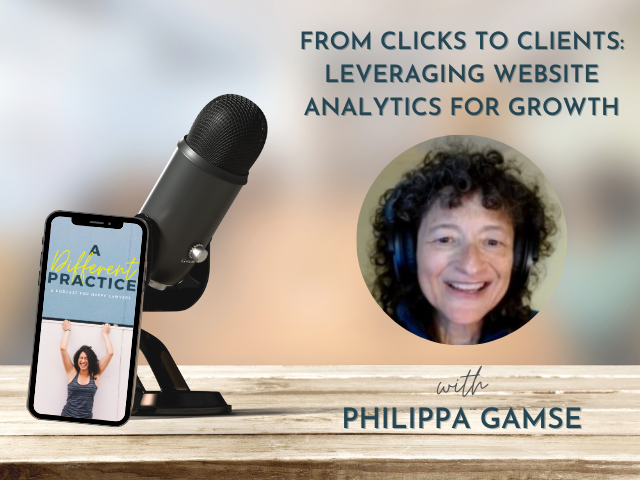My current To Read list is long. I probably add two books for each one I check off. While that can feel Sisyphean at times, it energizes me to know there’s likely a book (or many) out there on a topic I’m interested in.
Recently, I’ve been focusing on marketing strategies since things seem to be in a constant state of change. How on earth do I keep up? Where should I focus? What strategies are likely to create the best return?
While there are a million books on marketing, Growth Hacker Marketing caught my eye. With a title like that, how could I not be intrigued?

The book is a short, quick read but it packs a punch with its approach to marketing. Instead of discussing the latest tips and tricks in a familiar space, it shifts the lens through which we define marketing to begin with. This new approach uses the power of the consumer to build a solid foundation upon which to grow.
One of my favorite examples from the book is how Dropbox grew from a new cloud-storage offering to one of the biggest players in the space. If you signed up for Dropbox like I did when it was first starting out, you might remember they have you more space for free if you sent Dropbox to a friend. The more friends you told the more space you got. Not only did that offer provide immediate value to me as a consumer, but it was also a brilliant word-of-mouth campaign. Dropbox used this strategy to double its users every three months from 2008 to 2010. And they did it with minimal spending on traditional marketing.
Google took a similar approach with their “Sent with Gmail” footer link, which was included by default on every single email sent. Spotify harnessed the power of Facebook to allow its early adopters to share what songs and artists they were listening to with just one click.
While stories like Dropbox, Google, and Spotify all provide tactical examples of how this new approach to marketing can and does work, the book itself is much more of an introduction to this new approach. It’s a great 10,000-foot view get your feet wet in a new pool of thinking.
While I finished it excited and ready to get creative, I quickly ran into that ever-present structure we all work within: the ethics rules.
If your state is like mine (Colorado), marketing and advertising rules can be a bit restrictive. I’m not saying using similar tactics like Dropbox did would be appropriate (or even welcomed) for my clients, but it felt like the ember of every idea I had for harnessing the power of my ever-growing client base was quickly put out by a cold, wet pale of ethics water.
Such a damper won’t stop me from brainstorming, though. I’m convinced there is a way to be creative and still ethical. Continuing to read and learn from books like Growth Hacker Marketing are vital to keeping our businesses relevant in an ever-changing market.
Going outside the echo chamber is not only refreshing but thought-provoking. While books like this may not be written specifically for lawyers, there’s a lot we can learn from them and all the businesses that are successfully challenging the norm.
What is your current marketing strategy? How can you harness the power of your client base to grow your business (within your ethics rules, of course)?





